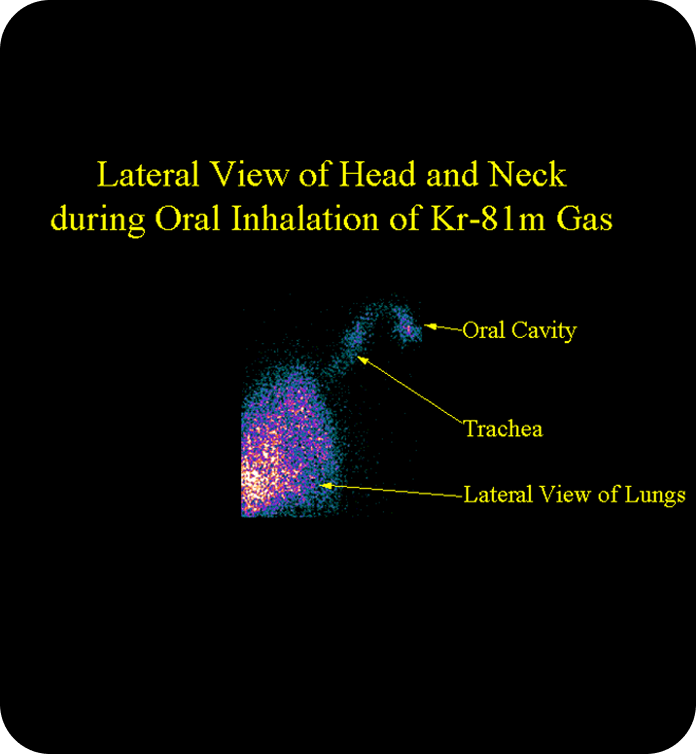How Gamma Scintigraphy supports Nasal Formulation
Gamma scintigraphy is a non-invasive imaging method that uses a safe radioactive marker to track the fate of nasal drug formulations go after administration.
Scientific Benefits
Precise Deposition Mapping: By tagging the formulation with a gamma-emitting tracer, scientists can see exactly where the medicine is deposited in the nasal cavity using a gamma camera.
Quantifies Dose Delivery: The technique measures how much of the drug reaches different regions of the nose, which is important for both local and systemic drug delivery.
Monitors Residence Time: Gamma scintigraphy can track how long the drug stays in the nose, helping researchers understand how formulation changes affect drug retention and absorption.
Compares Formulations and Devices: It allows direct comparison of different nasal sprays, powders, or devices, showing which delivers the drug most effectively.
Regulatory Support: The clear, quantitative data generated can be used to support product claims and regulatory submissions.
In Summary: Gamma scintigraphy provides nasal formulation scientists with accurate, visual, and quantitative data on where and how much drug is delivered in the nose, helping to optimize products and support regulatory approval.

